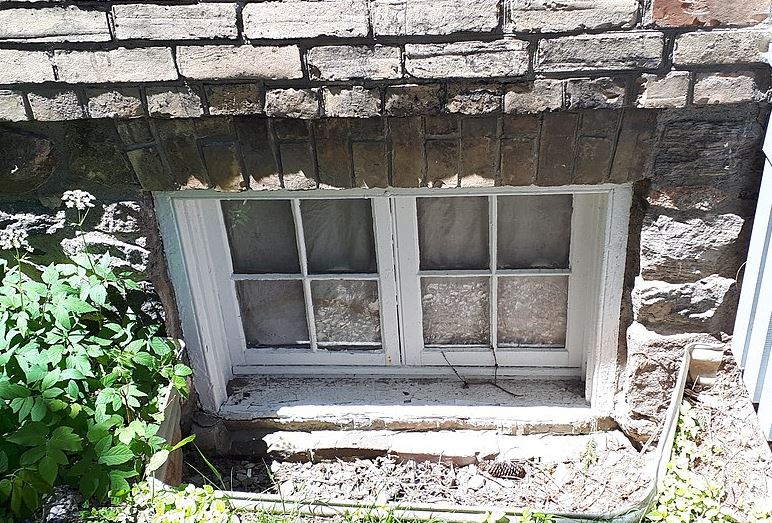
Drywall is commonly used for interior walls in houses and buildings. Installation is easy, the material can be textured in many ways, and is a solid surface for both wallpaper and paint. The only problem is that drywall easily attains scratches, holes, water damage and other dings.
If a piece of drywall around a window — or anywhere on a wall, for that matter — needs repair, the most effective method is to cut out and replace the drywall that has been damaged. If the damage done is only a tiny hole, that can be spackled.
10 steps for best results
Follow our guide to repair your drywall:
- First, loosen and remove the damaged drywall from around the window that needs to be fixed. Knock out a small piece of drywall to make a tiny hole in the area that has been damaged.
- Second, put a keyhole saw blade into the hole. Make back-and-forth cuts that are shallow and to the right until you connect with the stud on the right side of the hole. Be careful not to cut into the stud. Do this to the left of the hole as well until you hit the stud on that side.
- Third, take the keyhole saw out of the wall. Move the blade’s teeth so they point down to the floor. Position the saw perpendicular to the wall at the cut’s left end. Hit the handle’s end with your hand to insert the saw into the drywall. Saw down through the drywall by the edge of the stud until you have moved beyond the area of damage by about five inches. Move back to the horizontal line and then cut up until clearing the damage by approximately five inches. Also complete this step by the right-side stud, equaling the length of the cut above and below the horizontal line.
- Fourth, make a cut straight across the top of the damaged area starting at the top of the left cut and moving to the top of the right cut. Remove the now loose drywall piece. Move to the bottom of the damaged area and cut across between the lower end of the two vertical cuts. Remove the last piece of material that is damaged. You should be left with an opening that is rectangular and with four square corners. Using the keyhole saw, clean out the cuts that aren’t straight and square up the corners.
- Fifth, use a measuring tape to determine the distance between the exposed studs. Cut two pieces of one-by-two lumber to that exact length. Place one of the boards horizontally flat along the inside, bottom edge of the opening. Now, half the width of the board should be behind the drywall while the other half protrudes up inside the opening. Place a screw every four to six inches through the drywall to secure the board to the drywall just under the bottom of the hole. Do this again at the top of the hole with a second board.
- Sixth, get you tape measure back out to find the distance between the boards. Trim two more pieces of one-by-two lumber to this length. Place one of the boards flat against the stud to the hole’s left. Ensure that the front edge of the board is even with the stud’s front. Screw it to the stud at every six to eight inches with 2-inch wooded screws. In the same exact way, attach another one-by-two board to the stud’s right side.
- Seventh, measure the height and width of the drywall opening. With a drywall saw, trim a new piece of drywall to match the dimensions. Place the fresh piece of drywall into the opening tightly against the boards you installed in earlier steps. Using a drywall screw every four inches or so around the outside, attach the drywall to the four boards.
- Eight, use a coat of joint compound in the areas surrounding the drywall patch. Trim and position joint tape over each joint. Paint on another layer of joint compound. Allow the compound to dry for 24-30 hours. Sand it lightly until it is smooth.
- Ninth, add on one more layer of joint compound approximately four inches wider than the first sanded layer. When the layer dries, sand it and apply a third layer of compound and one last sanding.
- Finally, when the drywall patch around the window is finished, apply the same type of texture on the wall to the patch and areas surrounding. Give the texture time to completely dry. Add two coats of primer, then paint with the same color already on the wall. If needed, put on a second coat.
If you don’t feel comfortable make the repair on your own, call upon the assistance of your local drywall contractors in Erie, PA.


